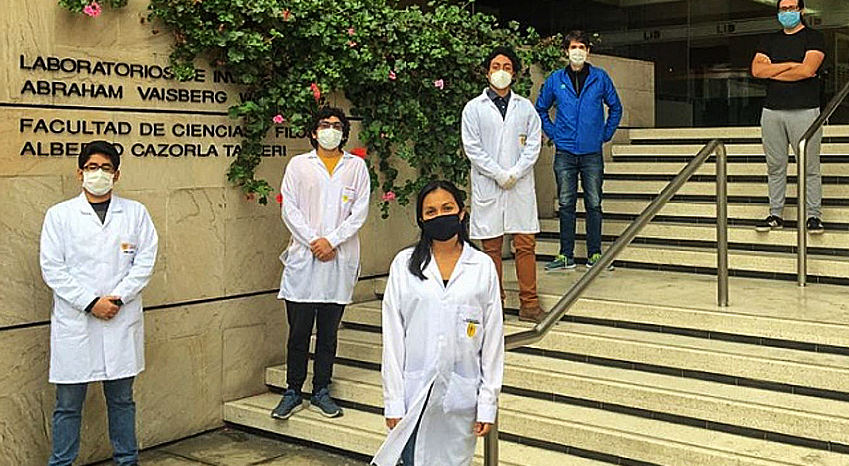Peruvians win international biotechnology competition
CrioProt project is made up of 11 young researchers from Cayetano Heredia (UPCH) and San Marcos (UNMSM) Universities.
Peruvian university students, creators of CrioProt —an antifreeze protein capable of combating frosts affecting agricultural crops— have won the MolecularCloud/GenScript sponsorship competition.
Thanks to International Genetically Engineered Machine (iGEM), the world’s largest genetic engineering competition.
“We are very happy. This sponsorship allows us to present our project to the international scientific community and, thus, generate a major impact in solving the frost problem in the Andes,” said Ruben Velasquez, member of the CrioProt Project and grant holder of Peru’s National Scholarship and Educational Credit Program (Pronabec).
CrioProt is made up of 11 young researchers from Cayetano Heredia (UPCH) and San Marcos (UNMSM) Universities, who prevailed over 67 teams from countries like the United States, Canada, India, Turkey, Israel, Greece and France.
“We want to thank everyone in Peru. Thanks to your support (via online voting), we will participate in the iGEM 2020 Virtual Giant Jamboree,” said Velasquez, who studies chemistry at UPCH.
He highlighted the importance of science development in Peru, especially in the field of biotechnology. “We will continue researching and will prepare to present our project to the scientific community in November.”
iGEM is an annual competition organized by a non-profit foundation of the same name, which brings together young researchers from around the globe to come up with solutions —through synthetic biology— to different problems that the world is faced with on a daily basis.
CrioProt’s aim was to identify a gene from a plant that is resistant to low temperatures, as is the case of Lolium perenne, a type of grass from which researchers extracted the antifreeze protein gene.
The next step was to find a bacterium that is suitable to express such gene: Pseudoalteromonas nigrifaciens, which is of marine origin and easy to cultivate. The goal is to make this technology available to Peruvian farmers and, thus, impact their economic activity.




